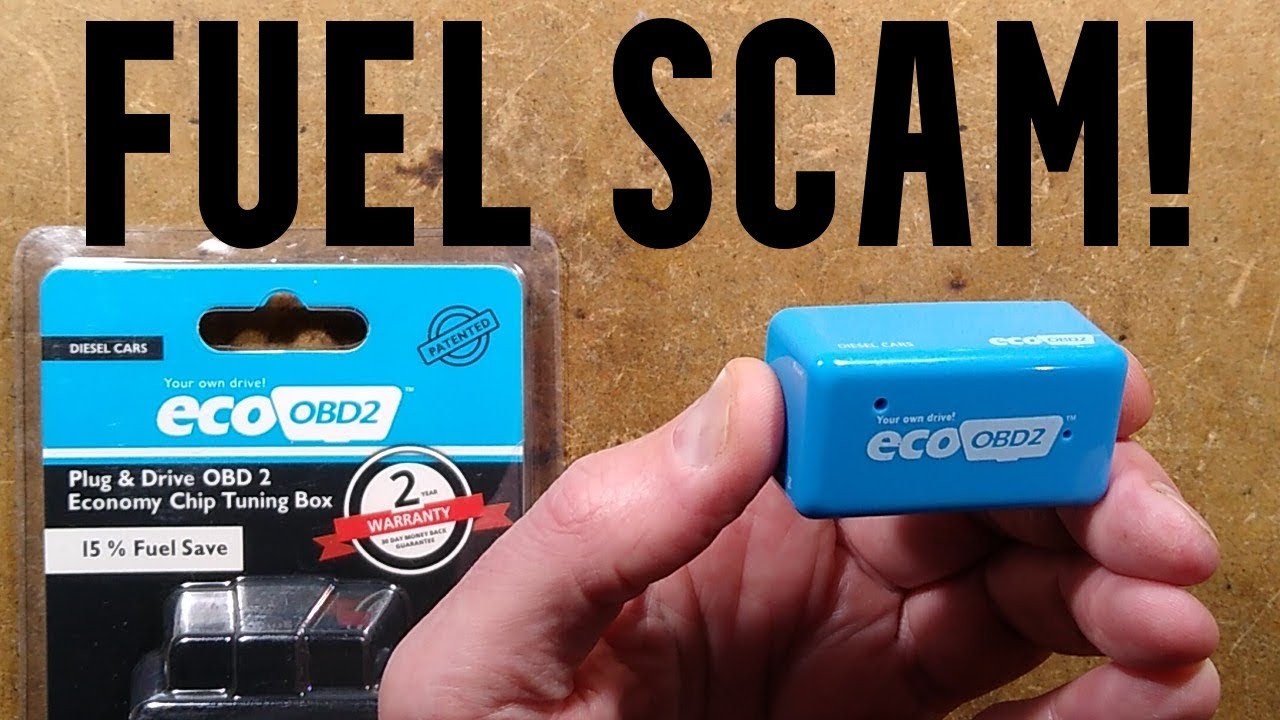For years, a deceptive trend has been circulating in the automotive world: OBD2 fuel saver gadgets. Marketed with enticing promises of increased fuel efficiency and enhanced vehicle performance, these small devices plug into your car’s On-Board Diagnostics (OBD-II) port. But do they live up to the hype, or are they just another scam preying on unsuspecting car owners? Let’s dive into the reality behind these so-called fuel savers.
What are OBD2 Fuel Saver Devices?
These gadgets are typically compact dongles advertised as miracle solutions to boost your car’s miles per gallon (MPG) and overall performance. Manufacturers often claim that these devices work by optimizing your car’s engine control unit (ECU) after “learning your driving habits.” They are readily available online, often at enticingly low prices, promising significant fuel savings with minimal effort. You might find them listed on major e-commerce platforms with names suggesting fuel efficiency enhancement and engine optimization.
 Amazon listing showcasing OBD2 fuel saver scam devices, examples of fraudulent automotive gadgets.
Amazon listing showcasing OBD2 fuel saver scam devices, examples of fraudulent automotive gadgets.
The Cold Hard Truth: Why They Are a Scam
Despite the alluring marketing, the functionality of these OBD2 fuel saver devices is fundamentally flawed. The OBD-II port in your car is primarily designed for diagnostics – allowing mechanics and car owners to read data about the vehicle’s systems. While some limited write functions exist, the idea that a simple plug-in device can significantly remap your ECU and magically improve fuel economy is highly improbable, if not outright impossible, for these generic, low-quality devices.
In reality, many of these “fuel savers” are nothing more than empty shells or contain very basic circuitry. They often feature blinking LEDs to create a false impression of activity and communication with your car’s systems. The claim that they “learn your driving habits” and optimize your vehicle over time is a common tactic to mask their ineffectiveness. By the time you realize no fuel savings are occurring, the seller hopes you’ll have forgotten about the purchase or dismiss it as simply not working for you personally.
Evidence of Deception: The Big Clive Teardown
To truly understand the scam, examining the internal components of these devices is crucial. Tech expert Big Clive famously conducted a teardown of a recent OBD2 fuel saver gadget, revealing a shocking lack of sophistication. Gone were even the rudimentary microcontrollers found in earlier versions, which at least attempted to simulate data communication. The latest iterations are even more stripped down, often containing just a simple two-transistor circuit to blink an LED and a button that does nothing of substance. This exposes the race to the bottom in the scam market, with manufacturers increasingly minimizing costs while maximizing deception.
This blatant reduction in even fake functionality underscores the purely fraudulent nature of these products. They are designed to do nothing other than take your money, offering no tangible benefit in fuel saving or performance enhancement.
Conclusion: Protect Yourself from OBD2 Fuel Saver Scams
OBD2 fuel saver gadgets are unequivocally scams. They exploit the desire of car owners to save money on fuel and improve their vehicle’s performance, but deliver nothing of value. These devices are not capable of delivering the promised fuel savings, and the internal components often reveal a complete lack of any technology that could plausibly achieve these claims.
Don’t fall victim to these fuel-saving lies. Instead of wasting money on these deceptive dongles, focus on proven methods to improve fuel efficiency, such as regular car maintenance, driving efficiently, and ensuring your tires are properly inflated. Stay informed, be skeptical of miracle cures for your car, and remember: if it sounds too good to be true, it probably is.